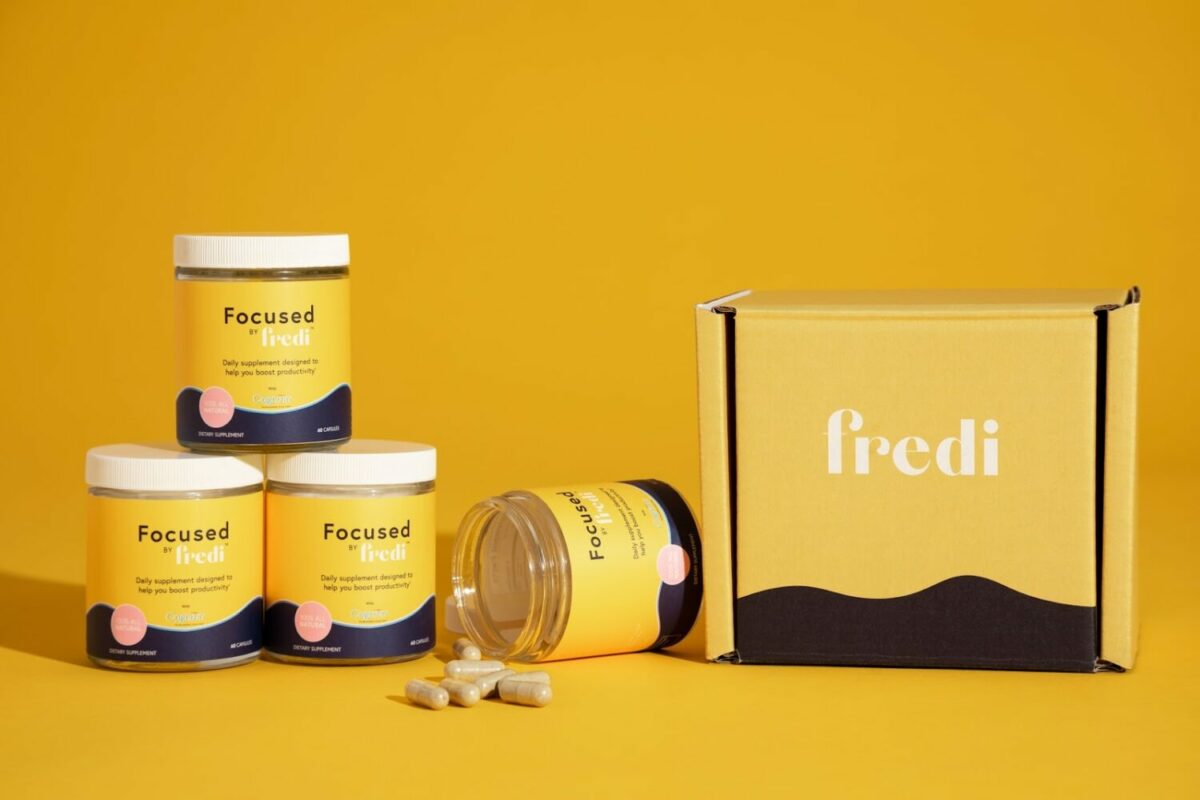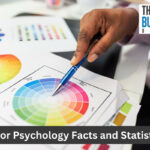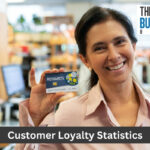In a post-social media world, visual branding means more than what you personally tell your customers. A picture’s worth a thousand words, so if you haven’t established a visual identity guideline, your novel won’t read how you want. But how can you develop a visual identity?
Post Contents
What is a Visual Identity?
A visual identity is made up of a collection of visual elements, from your fonts to your logo.
Visual cues, such as color and typography, can help your customers imprint a feeling or association with your products. For example, if you use the color green or nature designs on your packaging, consumers will think you’re an eco-friendly company that sells natural products.
While visual identity and brand identity are two parts of the same whole, they aren’t the same thing. A brand’s identity will focus on a wide range of components, including communications, marketing, design, and products. However, visual identity is only concerned with the design.

How to Make an Incredible Visual Identity
Creating a unique visual identity may take a lot of time and research, but it’s worth it. Once you create a brand that resonates with your audience, you’ll inevitably sell more products.
1. Have a Feel For Your Audience
Lucky Charms, a popular marshmallow-loaded cereal, used to target exclusively kids. But a recent study revealed that 40% of their consumers were adults. For this reason, General Mills switched their target market from kids to adults, and the gains have been extraordinary.
Not only have they released more adult-targeted products, like Lucky Charms Oatmeal and “Just Marshmallows,” where the entire cereal is marshmallows, but they’ve also changed their visual branding. Their Twitter is alive with bright but mature imagery that’s more adult-friendly.
2. Set Your Sights on a Goal
Brands today have to stand for something, or in the consumer’s eyes, they stand for nothing. Fashion houses have routinely supported the arts. Moncler’s once asked famous designers, artists, and celebrities to donate works of art for an auction to help fund art scholarships.
With that in mind, your visual brand identity should allude to or help your customers understand your goals. If you were an artist who wanted to sell prints for charity, you could try BeFunky to turn photos into sketches. You can use these photo-turned sketches in your marketing.
3. Focus on Evoking Emotions
Color is an essential part of your visual identity as it helps convey certain emotions. Your visual brand will appear stale if you put too much stock into functionality. At this stage of your eCommerce brand identity, think of what you want your visual elements to say to your audience.
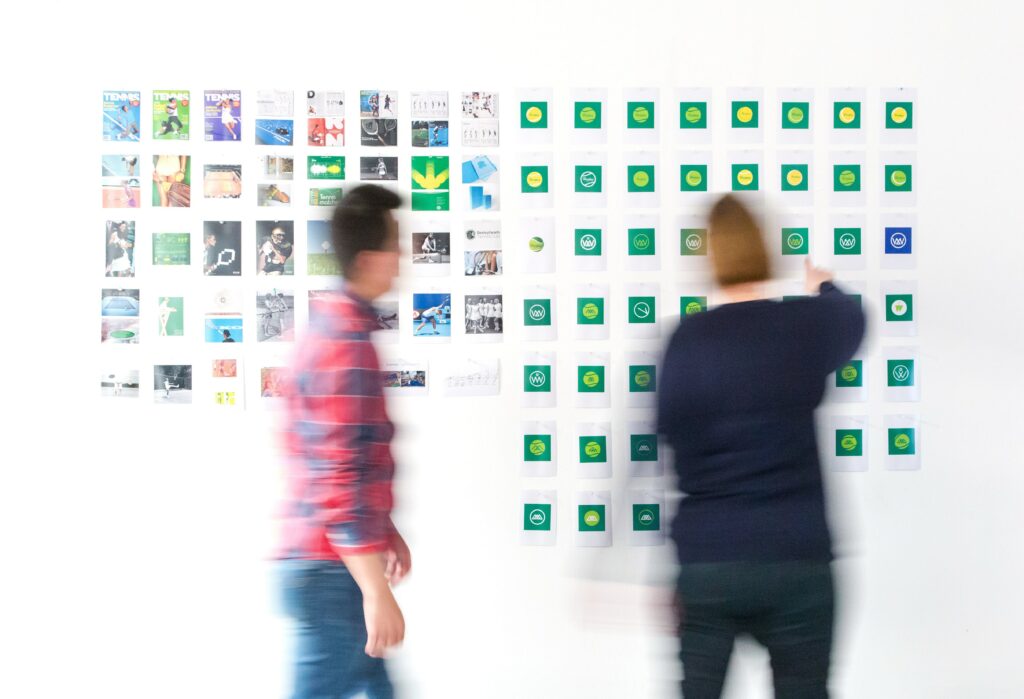
For example, yellow is optimistic and warm, whereas orange comes off as friendly and cheerful. If we look at companies who use these colors (yellow for Mcdonald’s, orange for Nickelodeon), we can see why these brands preferred them over other color emotions, like blue for strength.
4. Everything Needs to Match
Emotions don’t just exist in a bubble; they affect everything around us. Think of your visual identity as something that can bleed into your other elements. When the vision works, it’s almost effortless and unnoticeable. When it doesn’t work, it clashes and makes us feel uncomfortable.
Headspace, a meditation app, is an example of an incredible visual identity that works perfectly. Its cheery color palette brings you a sense of joy, and the characters made from round, curvy shapes elicit freedom and fluidity. It’s a cohesive experience that brings a big smile to your face.
5. Stand Out From the Crowd
A strong visible identity needs to be consistent but not boring. Even if you never plan on selling physical products, it helps to envision what they’ll look like on a store shelf. Will they blend into the background, or do they stand out from the rest of the similar-looking products on the shelf?
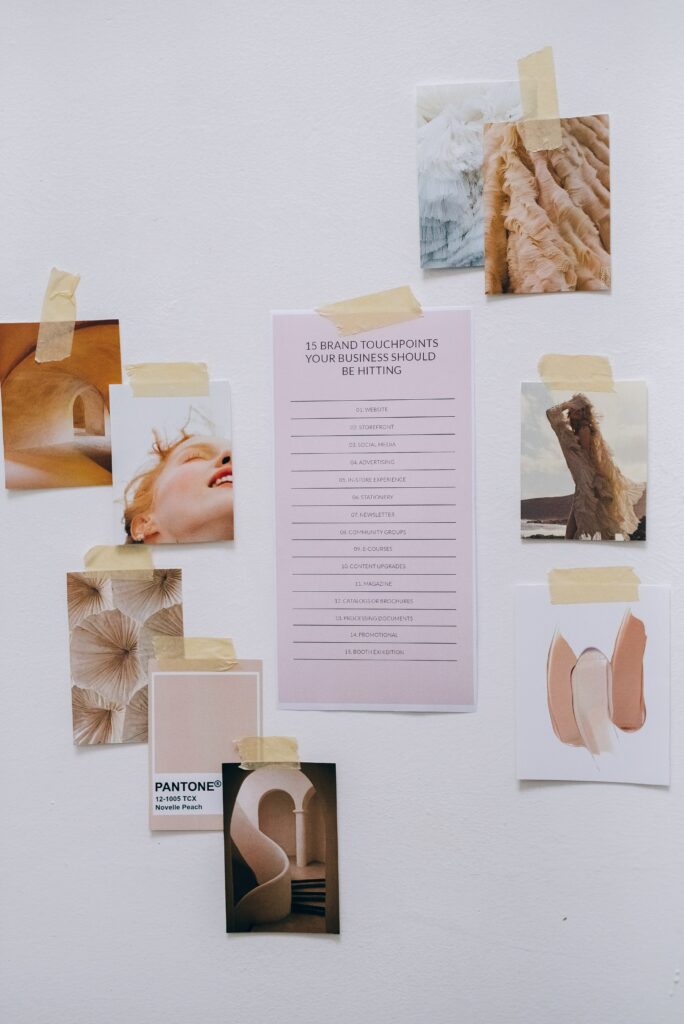
Another thing to think about is how recognizable your brand is to your audience and potential customers. If a person who didn’t know your brand walked by your product, would they say they could point it out a second time? Would they be able to describe your product if asked?
6. Test and Keep Experimenting
Unless you’re lucky or you really know your target audience, you may get a few things wrong. A great visual brand identity takes time, and it’s only through consistent A/B testing that you’ll find one that sticks. If your first brand identity didn’t go over well, you’re free to try a second time.
Or a third, a fourth, or even a fifth, but it’s better that you don’t waste all your money. To keep your branding cost-effective, work with experienced brand managers and designers. If you’re on a budget, get options from customers by briefing them on your mission and asking questions.







